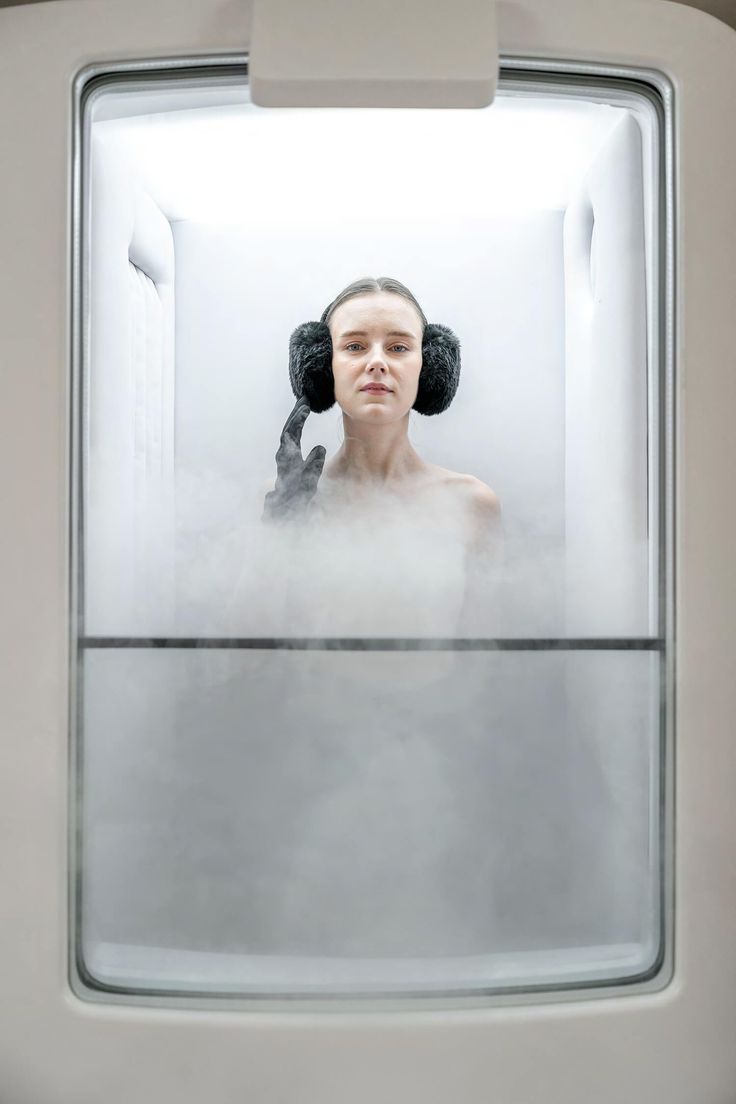
Why Recovery Is the Secret Sauce to Your Fitness Glow-Up (+ The Chill Power of Cryotherapy)
Share
If you're the type to go hard in your workouts—sprints, sculpt, spin, weights, or Pilates—but skip the recovery part? We need to talk.

Because the truth is: recovery isn’t optional, it’s essential. It’s not just what helps you bounce back—it’s what helps you level up. And one recovery modality that’s taking over the wellness world (and for good reason)? Cryotherapy.
Whether you’re training like an athlete or just want your body to move and feel better—this is your guide to why recovery matters and how a deep freeze might just be your next favorite ritual.
Why Recovery Should Be Non-Negotiable
Recovery isn’t just about feeling less sore—it’s about optimizing your body to function at its highest potential. According to The Movement Underground, recovery is where your body actually rebuilds muscle, balances hormones, and restores your nervous system.
The Key Benefits of Prioritizing Recovery:
- Muscle repair + growth
- Improved circulation and lymphatic drainage
- Reduced inflammation and DOMS (delayed onset muscle soreness)
- Faster reaction time + increased mobility
- Improved sleep + lower cortisol levels
- Better overall performance + less risk of injury
Skipping recovery can actually plateau your progress. So if you’re working hard but not seeing results, the missing piece might be in how well you’re restoring.
Enter Cryotherapy: Recovery at Sub-Zero
If you’ve seen athletes, influencers, or biohackers stepping into freezing chambers and wondered why put yourself through that?—here’s the inside scoop.
Cryotherapy is a form of cold therapy that exposes your body to subzero temperatures (usually between -200°F and -300°F) for 2 to 4 minutes. Sounds intense, but the benefits are seriously next level.
According to the Cleveland Clinic, cryotherapy works by rapidly cooling the skin, which stimulates blood flow, reduces inflammation, and triggers your body’s natural healing processes.

The Benefits of Cryotherapy
Regular use of cryotherapy has been shown to:
- Decrease muscle soreness and joint pain
- Boost collagen production and reduce puffiness
- Increase energy and mental clarity
- Improve sleep and reduce stress
- Support immune function and reduce systemic inflammation
- Speed up recovery after intense training
Cryo isn't just for performance recovery—it's becoming a staple in beauty and longevity routines too (hello, sculpted, glowing skin).
Ways to Add Cryotherapy to Your Routine
You don’t have to step into a freezing chamber to get the cryo effect. There are multiple ways to integrate cold therapy into your week, from studio-level sessions to at-home rituals:
1. Whole-Body Cryotherapy (WBC)
These are the chamber-style treatments where you step into a cold booth for 2–3 minutes. Think: spa-grade recovery meets icy energy reset.

2. Targeted Cryo Devices
Perfect for isolating inflammation, soreness, or puffiness in smaller areas like the face, knees, or lower back. Bonus: many facial tools now use cryo for skin-tightening benefits.

3. Ice Baths & Cold Plunges
At-home cold plunges (like the ones we covered in this post) are a more accessible, full-body version of cryotherapy—and just as effective for post-workout recovery.

Clutch Recovery Tip: Stack Your Modalities
Want to take your recovery game up a notch? Stack cryotherapy with other modalities like compression therapy, lymphatic massage, or red light therapy. You’ll boost circulation, drain inflammation, and accelerate recovery—without even leaving your living room.
The Clutch Living Takeaway
Recovery is no longer just something you do after the gym—it’s the edge that makes all the difference. And cryotherapy? It’s one of the most efficient, invigorating ways to reduce inflammation, recharge your energy, and protect your performance long-term.
So whether you’re looking for athletic recovery or just want to feel good in your body and glow from the inside out, cold therapy deserves a spot in your weekly ritual.
Recovery is the flex. Cryo is the cool-down you didn’t know you needed.
